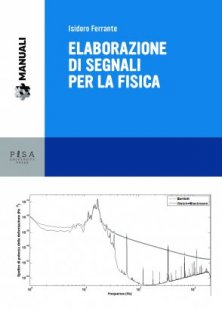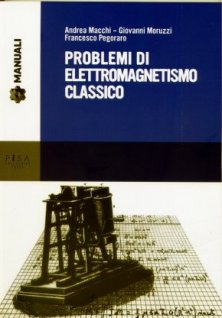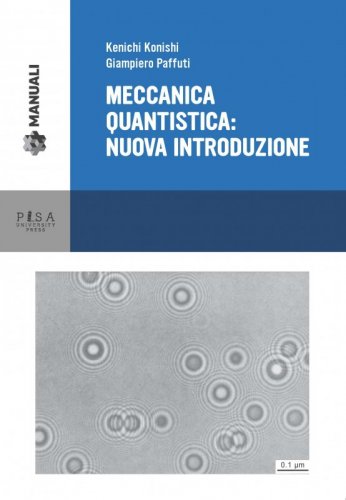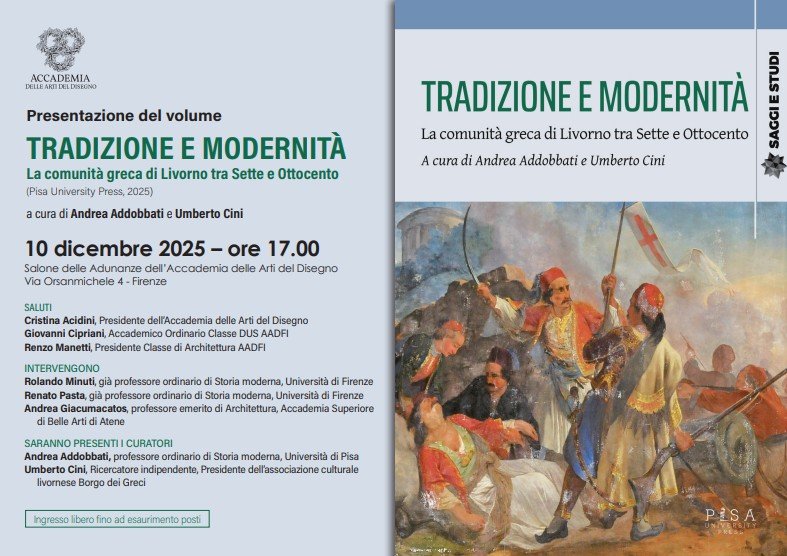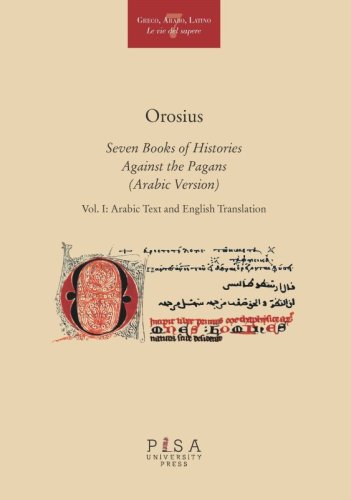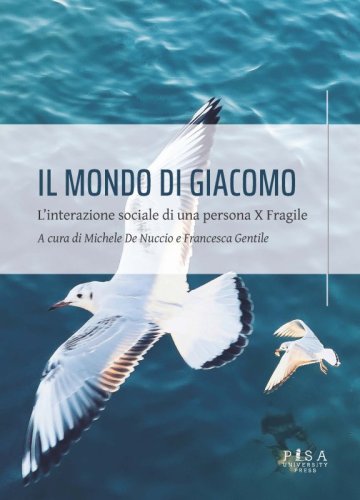Fisica
Elaborazione di segnali per la fisica
di Isidoro Ferrante
editore: Pisa University Press
pagine: 220
La formazione di base del fisico non può prescindere dalla conoscenza delle tecniche base di analisi del segnale a tempo discreto, sempre più necessaria per il trattamento di moli di dati continuamente crescenti, ma spesso esclusa dal curriculum formativo dei primi anni.
Lo studioso interessato deve spesso rivolgersi a testi finalizzati alla programmazione di forte impianto matematico: questo libro è pensato invece come testo introduttivo, destinato a chi vuole imparare le tecniche più comuni e a chi desidera vere una maggiore consapevolezza delle operazioni eseguite da programmi acquistati a scatola chiusa.
L’approccio è pertanto pragmatico senza rinunciare al rigore matematico: le dimostrazioni, ad esempio, sono riportate solamente nei casi più facili.
Questo volume risulta pertanto adatto agli studenti di fisica o geofisica del triennio o della laurea specialistica interessati nell’analisi di segnali acustici, biomedici, sismici, od anche più specifici come i segnali prodotti dalle antenne gravitazionali.
L’attenzione è rivolta principalmente a segnali e sistemi a tempo discreto, ma sono trattati in parallelo anche segnali e sistemi a tempo continuo, con una analisi comparativa che ne mette in mostra similitudini e differenze.
Gli argomenti che vengono coperti sono i processi aleatori, l’analisi di Fourier, l’analisi dei sistemi dinamici, la trasformata z, le tecniche di stima spettrale, il disegno di filtri FIR e IIR, la misura delle caratteristiche di un sistema fisico.
Problemi di elettromagnetismo classico
di Andrea Macchi, Giovanni Moruzzi
editore: Pisa University Press
pagine: 256
Questo libro contiene 100 problemi di elettromagnetismo classico, con annessa soluzione, svolti ad esercitazione o proposti all’esame dei corsi di Fisica BI e BII al secondo anno del corso di laurea in Fisica all’Università di Pisa, tra gli anni 2003 e 2006. L’opera è quindi rivolta a studenti del secondo anno di Fisica, ma anche a studenti di Matematica e Ingegneria.Gli argomenti proposti spaziano dalle basi fondamentali dell’elettrodinamica (l’elettrostatica di conduttori e dielettrici, la magnetostatica, l’induzione magnetica) sino alle trasformazioni relativistiche e le leggi di conservazione del campo elettromagnetico, all’irraggiamento di onde elettromagnetiche ed alla loro propagazione nella materia.Ogni problema è presentato con un titolo e una discussione che ne sottolineano eventualmente le fonti di ispirazione o le connessioni con fenomeni fisici o problematiche di vari campi della ricerca fisica o tecnologica (dall’ottica all’astrofisica ed alla fisica del plasma, dall’elettronica alle telecomunicazioni ed alla scienza dei materiali), per i quali la conoscenza dell’elettromagnetismo classico ha tuttora un ruolo fondamentale. Questo affinché i problemi proposti forniscano, oltre alla fondamentale funzione di verifica della teoria appresa a lezione, approfondimenti di quest’ultima ed esempi della sua applicazione. Con questa premessa gli autori confidano che il libro rimanga utile allo studente anche negli anni successivi agli esami di elettromagnetismo classico.
Primo corso di Fisica Statistica
Seconda edizione
di Enore Guadagnini
editore: Pisa University Press
pagine: 272
Questo volume contiene una descrizione degli aspetti fondamentali...
Note sulla nascita della Meccanica Quantistica
di Giampiero Paffuti
editore: Pisa University Press
pagine: 152
Questo testo è una breve...
Tribology
di Roberto Bassani
editore: Pisa University Press
pagine: 608
"Tribology" derives its name from the Greek τρivβως: to rub,...
Nonperturbative methods in gauge theories
di Dmitri Antonov
editore: Pisa University Press
pagine: 160
...
Campi elettromagnetici e innovazione tecnologica in ambito Difesa, Industria e Ricerca
Atti del Convegno CISAM 30-31 Maggio 2012
editore: Pisa University Press
pagine: 135
L'impiego sempre più diffuso dei campi elettromagnetici,...
Meccanica Quantistica: Nuova Introduzione
di Kenichi Konishi, Giampiero Paffuti
editore: Pisa University Press
pagine: 404
Questo libro presenta una nuova...
Antonio Pacinotti a cento anni dalla morte
Autori vari
editore: Pisa University Press
pagine: 82
In occasione del centenario della...
International workshop on neutron capture therapy: state of the art
3rd Young Members Neutron Capture Meeting
editore: Plus - Università di Pisa
pagine: 220
...
PIERS 2004
Progress in Electromagnetics Research Symposium, Pisa, March 28-31, 2004
editore: Plus - Università di Pisa
pagine: 1852
Le applicazioni dell'elettromagnetismo sono di fondamentale importanza nella vita di tutti i giorni
Sense of Beauty in Physics
A volume in honour of Adriano Di Giacomo
di Massimo D'Elia, Kenichi Konishi
editore: Plus - Università di Pisa
pagine: 544
...
L'Universo di Galileo, l'Universo oggi
Con DVD
editore: Plus - Università di Pisa
pagine: 178
L'obiettivo e la speranza con i quali proponiamo questo volume sono quelli di fornire al lettore uno strumento, complesso ma a
Proceedings of the SISFA 42nd Annual Conference
Perugia, 26-29 September 2022
editore: Pisa University Press
The 42nd Annual Conference of the Società italiana degli storici della fisica e dell’astronomia (Italian society of historians of physics and astronomy) was held in the Department of physics and geology at the University of Perugia in September 2022. This was the first live conference after the Covid 19 outbreak, with the 40th and 41st conferences being held remotely. There were just over seventy participants, including scholars from Italy and abroad with a background in history of science. The congress dealt with a remarkable number of topics:From Herschel to Hubble: A long debate.Planetary theories and astronomical instruments: mechanizations and visualizations betweengeocentrism and heliocentrism (1400-1700).Astronomy and physics in Perugia.Physics and diplomacy: a chain reaction.History and didactics of physics and astronomy.Women, sciences, scenario co-organized by SISS.Early modern physics and astronomy.Twentieth century physics and astronomy.Collections, exhibitions and material culture for the history of physics and astronomy.Physics and other sciences.Physics and technology.To the conference participants has been given the opportunity to visit the newly refurbished rich collection of scientific instruments of the Department of physics and geology. Particular attention was given to a model of Mercury’s movement. The instrument was built in 1565 by Giacomo della Volpaia who, for the first time, assembled instruments that represented planets’ three-dimensional orbits in the Ptolemaic system.



